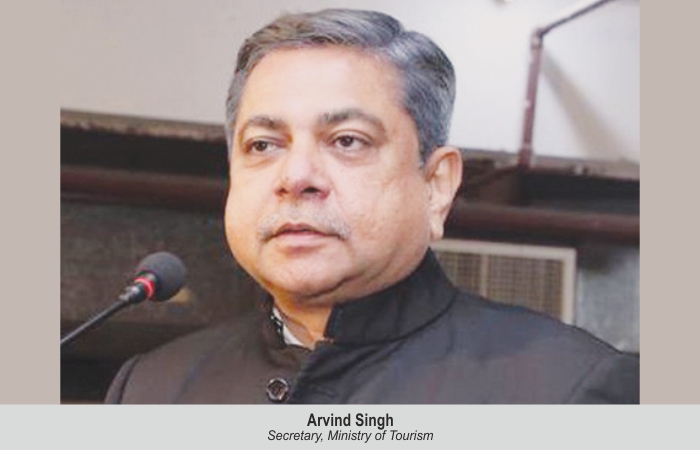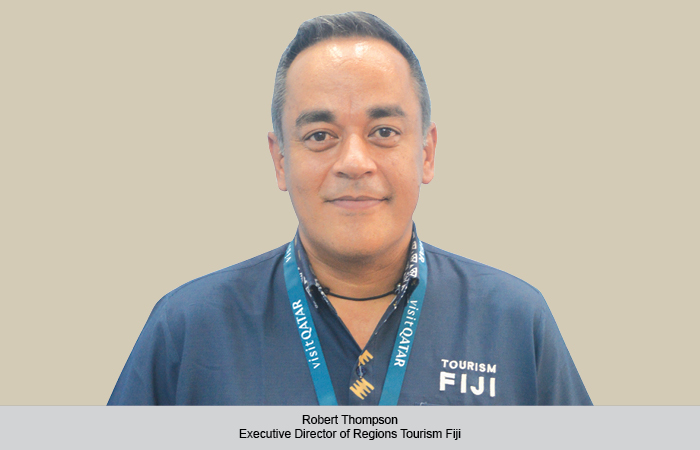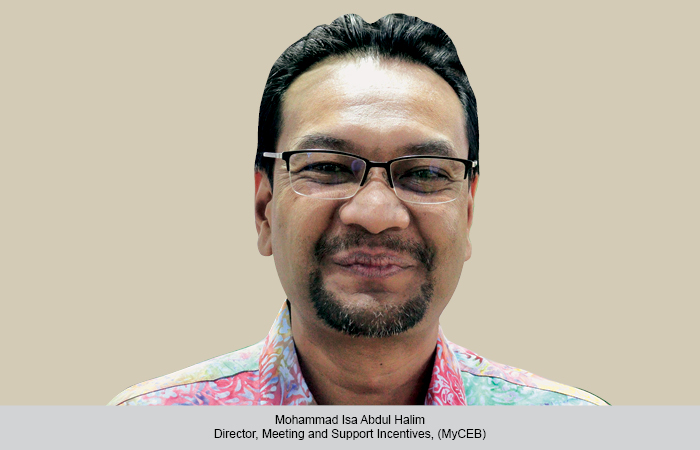Arvind Singh, Secretary, MOT, said that tourism sustainability is about supporting local community and preserving the environment of a region.
Nisha Verma
Arvind Singh, Secretary, Ministry of Tourism (MOT), said that sustainable tourism is the tourism that leaves the local community at least in a position they are before the arrival of tourists in an area, if not better off.
“Essentially it is the tourism that takes care of the carrying capacity of the region that adds to the culture and heritage of the region that tourists are going to
and adds to the economic and social wellbeing of the area,” said Singh, one of the panellists at the ‘World Majlis: Off the Beaten Path – Travel in the 21st Century’ session at the Expo2020 in Dubai.
Speaking about creating new destinations, Singh said, “Post the pandemic, the preferences of the consumer have changed. They are looking for different experiences and in India there is an increased usage of digital media to access and plan trips and travel. Different kinds of destinations far away from the crowds and cities with open spaces are becoming popular.”
He underlined that the local authorities have a role to play in this because they have to look at the carrying capacity of these destinations. “We have examples in our country where some local authorities and local bodies are placing restrictions on the number of visitors who can come there because typically some destinations attract people in certain seasons or on certain days in the week/ month/ weekends/ during holidays. At times such places, because of the crowd, become unsustainable. Hence, the local administration has a very important role to play in terms of regulating the tourists. The role of the state or national authority would be to incentivise sustainable practices by the local stakeholders and also to popularise responsibility and talk about responsible travel. We are working in collaboration with the Responsible Tourism Society of India (RTSOI) and the United Nations Environment Program (UNEP) by launching the responsible traveller programme under which the traveller takes responsible actions during the journey. While efforts are required on behalf of the local community as well as the stakeholders at the destination level and the local community there, I think government can pitch in by encouraging responsible travel.”
Creating employment
On how government helps towards creating jobs, Singh emphasised that the large size of the country and population works to our advantage by providing a lot of variety. “We have different experiences and different geographical conditions in different parts of the country. The role of the government here is to provide the regulations and incentives, so that all stakeholders, be it the private sector or the tourists or the local communities, are focused on sustainability as the end goal. After that the other collateral benefits like employment, income, etc. will kick in. For example, at Statue of Unity, the local people in the region, especially tribals, are working as guides, drivers and women self-help groups are running restaurants. This is an example where a large tourism infrastructure project impacts and provides economic and livelihood benefits to the local community,” he shared.
He further shared another example on local lodging or homestays in India. “We’ve found that homestays as a phenomenon was growing and gained a lot of traction. They’ve become very attractive staying options for many tourists, especially in the inaccessible parts of the country, like in the hilly states of Himachal Pradesh, Sikkim or in some parts of the Northeast. A lot of local resources are used by the local residents who build homestays when tourists— both domestic and international—stay with them. Our endeavour as the government would be to emulate, see and collect these best practices and come out with some standard guidelines, which will help encourage the growth of more homestays in the in different regions of the country. This was an example where we encourage the locals to provide employment and incomes to the local community,” he informed.
Local support
Lastly, Singh gave example of Nagaland and shared that the Hornbill Festival in the Northeastern state along the border of Myanmar is an amalgamation of local culture and traditions, which have been preserved and are showcased to foreign tourists. “It attracts tourists from abroad. Despite being situated far away from the centre of the country, I saw a lot of diplomats from different countries, visiting the state just because this local festival brings out the local flavour, involves the local community, gives them a sense of pride in their culture, and encourages tourism in that area,” he claimed. He said that they will be encouraging more projects and activities in the future to provide local jobs. “For this we need to skill them and do training for them,” he concluded.
 TravTalk India Online Magazine
TravTalk India Online Magazine





